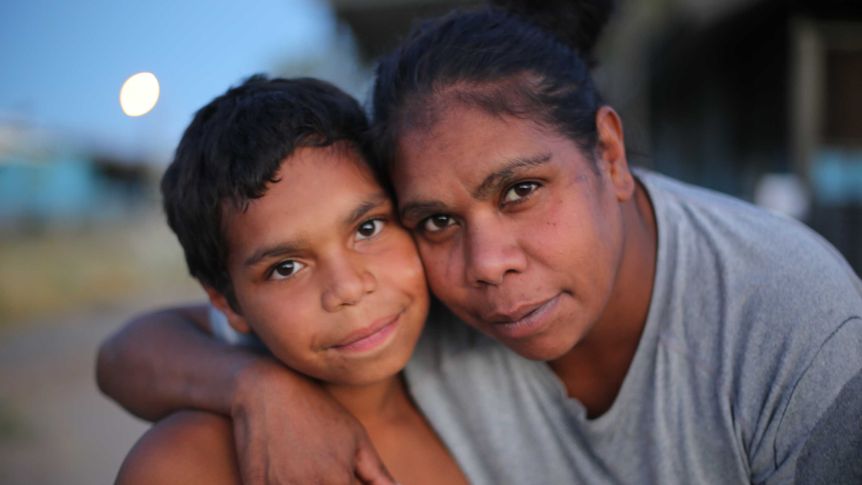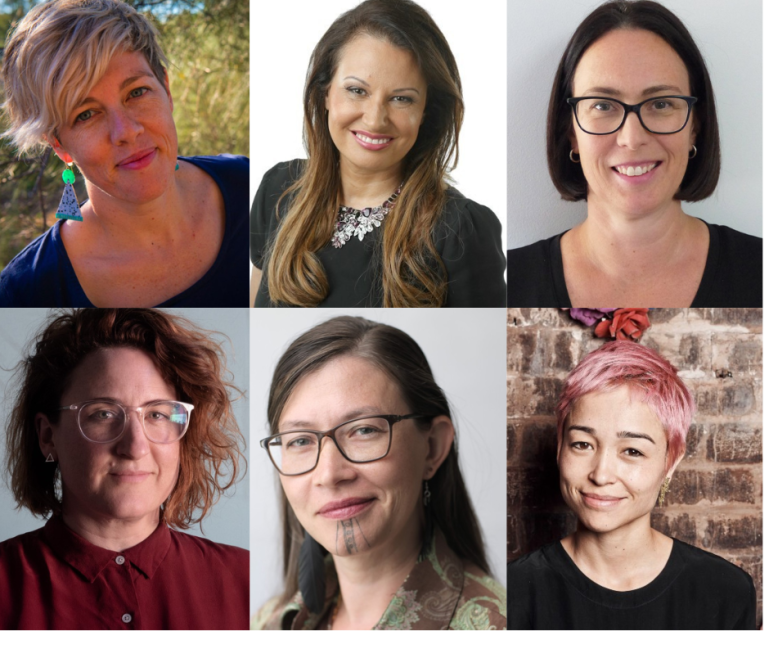When Maya Newell was working on the impact campaign for her 2019 documentary In My Blood It Runs, she knew there was something special brewing.
The film, which follows ten-year-old child healer and good hunter Dujuan and his family as they face adversity on multiple fronts, went on to amass more than $800,000 in revenue across both the box office and other non-theatrical screenings, while also being shown in more than 3,000 classrooms and raising $75,000 for immediate COVID-19 relief for Indigenous communities.
Behind the scenes, Newell was collaborating with a team that would go on to form Unquiet Collective, an assembly of filmmakers and producers designed to help others bridge the gap between a film’s distribution and its wider social impact.
Comprising Newell, Sophie Hyde, Larissa Behrendt, Alex Kelly, Rachel Naŋinaaq Edwardson and Lisa Sherrard, the group officially launched in 2021 and has since created an industry toolkit.
Having met the fellow members through her film, Newell said they shared a “really beautiful and electric approach” to impact filmmaking.
“We realised that the work that we do takes so much of us. It’s so wonderful to be able to do that as a collective and feel connected while being able to lean on other people and not working in our own silos,” she said.
“Also, it would allow us to accumulate the resources and knowledge that we learned from each campaign and flow that into the next one, which was incredibly valuable.”
The first official campaign for the group was 2021’s The Dreamlife of Georgie Stone, where they set impact goals of using the film to help tackle transphobia and amplify the voices of trans people.
A worldwide Netflix release helped the film to reach more than 200 million people through media coverage, with screenings also held at Parliament House, as well as at key health services including the Royal Children’s Hospital. It also spawned a Dreamlife ‘zine’, which launched at World Pride and was offered for free to gender-diverse youth.

The collective has also given impact advice to a range of other projects, including Rachel Perkins’ docuseries The Australia Wars, Sue Thomson’s women’s homelessness documentary Under Cover, and the Galup VR Experience, an immersive journey into the history of Lake Monger created by Ian Wilkes and artist/filmmaker Poppy van Oorde-Grainger.
The six members have no shortage of experience to draw from, having previously been responsible for campaigns of This Changes Everything (2015), Gayby Baby (2015), After The Apology (2017), and 52 Tuesdays (2013) between them.
Kelly said they were open to working across any art form but were not seeking to take control of campaigns.
“We don’t have the capacity to run campaigns for people; we think that the filmmakers in the community around their films are the experts on that subject,” she said.
“They’re in the best place to run the campaign, but we can help them with the development of a strategy and the tools to run it themselves. We want there to be lots more of us, not for us to be an empire.”
Such is the purpose of the industry toolkit, available for free via the Unquiet Collective website, which contains a selection of documents the group has used, including non-theatrical screening agreements, as well as a description of the impact producer position description, and examples of press kits.
The members are also providing guidance via a series of regular Zoom events titled Unquiet 90, in which small groups of participants will be invited to ask questions related to their projects.
Newell said they wanted people to understand that impact and social justice work starts at the very beginning of filmmaking.
“[Impact] starts with the way that you make your films, the collaborative model, and raising up the people in your film to have control of their own narratives. From there, you can build out the strategies, ideas and themes that will make your film stronger and the release of the film stronger.”


